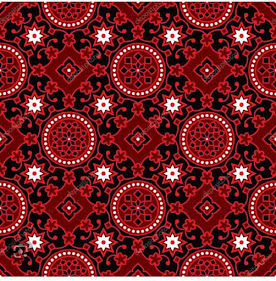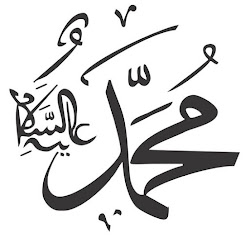ajrak culture of sindh
- Ajrak is a traditional textile art form that is deeply rooted in the culture of Sindh, a province in Pakistan. It holds great significance and is considered a symbol of the Sindhi identity. The word "ajrak" is derived from the Sindhi term "aaj ka rang," which translates to "today's color."
- Ajrak is a handcrafted fabric that is created using intricate block printing techniques. The process involves carving wooden blocks with intricate patterns, which are then dipped in natural dyes and stamped onto the fabric. The most common colors used in ajrak are indigo blue and madder red, which symbolize the sky and the earth, respectively.
- The designs found on ajrak fabrics are often inspired by nature, such as geometric patterns, flowers, and the sun. These designs hold cultural and symbolic meanings. For example, the ajrak often features the "chand," or the moon, which represents the cycle of life and the importance of the lunar calendar in Sindhi culture.
- Ajrak holds a significant place in the daily lives of Sindhi people. It is traditionally worn as a shawl or a turban by both men and women, especially on special occasions, religious festivals, and weddings. It is also used as a wall hanging or a decorative piece in homes. Ajrak is believed to bring good luck and protect the wearer from evil spirits.
- The art of ajrak-making has been passed down through generations in Sindh. It requires great skill and expertise, and artisans take pride in their craft. The process is time-consuming, as each fabric is printed multiple times to create intricate and symmetrical designs.
- In recent years, ajrak has gained international recognition and popularity. It is not only cherished within the Sindhi community but also admired and worn by people from different cultures around the world. The vibrant colors, beautiful patterns, and cultural significance of ajrak have made it a celebrated symbol of Sindh's rich heritage and craftsmanship.
Certainly! Here are some more details about the ajrak culture of Sindh:
- Historical Significance: Ajrak has a rich historical significance in Sindh. It is believed to have originated during the ancient Indus Valley Civilization, dating back thousands of years. The art of ajrak-making has been passed down through generations, preserving the cultural heritage of the region.
- Natural Dyes: Traditional ajrak fabrics are dyed using natural substances derived from plants and minerals. Indigo is obtained from the indigofera plant, while madder red is derived from the roots of the madder plant. These natural dyes not only give the fabric its vibrant colors but also contribute to its eco-friendly nature.
- Symbolism and Meaning: Each design and pattern on an ajrak holds symbolic significance. For example, the "Sang Tarash" pattern represents the grinding of stones, symbolizing strength and resilience. The "Gul" pattern depicts flowers and represents fertility and prosperity. These symbols reflect the close connection of Sindhi culture to nature and its values.
- Cultural Identity: Ajrak plays a vital role in defining the cultural identity of the Sindhi people. It is considered a source of pride and is worn by individuals to display their affiliation with the Sindhi community. It is also used to differentiate between various Sindhi tribes and clans, as each has its unique style and design of ajrak.
- Social and Economic Impact: Ajrak-making is a significant source of livelihood for many artisans in Sindh. The craft supports numerous families and communities, particularly in rural areas. The recognition and demand for ajrak at both national and international levels have helped in preserving this traditional art form and providing economic opportunities to artisans.
- Cultural Festivals: Ajrak is prominently featured in various cultural festivals and events in Sindh. The Sindhi people proudly wear ajrak garments during occasions like Sindhi Topi Day, which celebrates the cultural heritage of the province. It is also a common sight during Sindhi weddings, where both the bride and groom wear ajrak as part of their traditional attire.
- Revival and Promotion: Efforts have been made to promote and revive the ajrak culture of Sindh. Government initiatives, NGOs, and social enterprises work towards providing training, resources, and market access to ajrak artisans. Various exhibitions, fashion shows, and cultural events also showcase ajrak and raise awareness about its significance.
- The ajrak culture of Sindh is deeply rooted in history, tradition, and symbolism. It continues to thrive as a vibrant and cherished art form, connecting people to their cultural roots and serving as a symbol of Sindhi identity.



Comments
Post a Comment